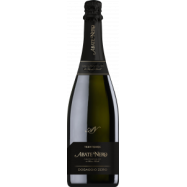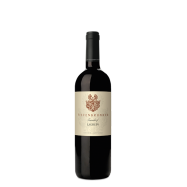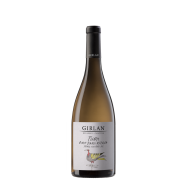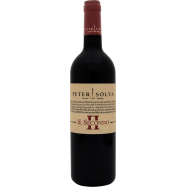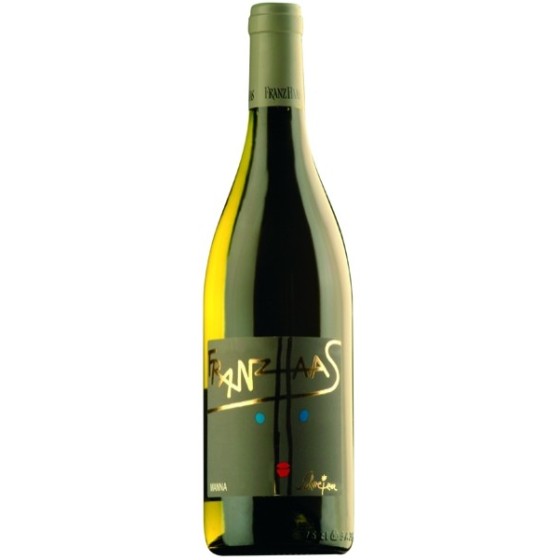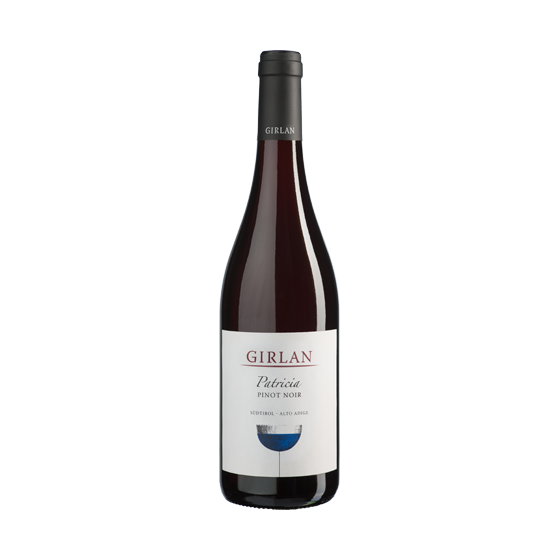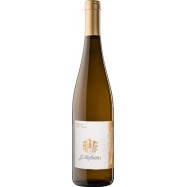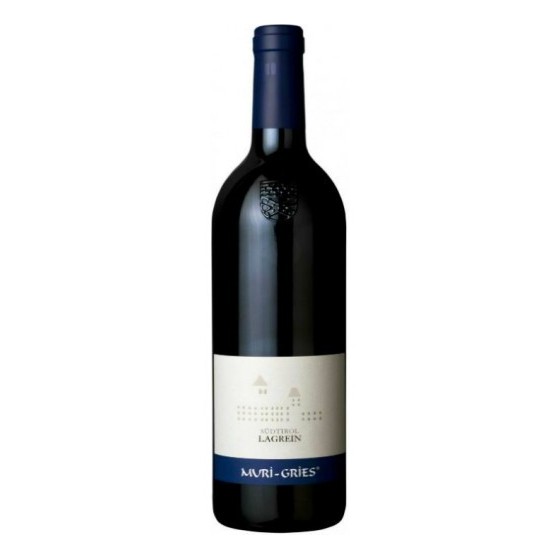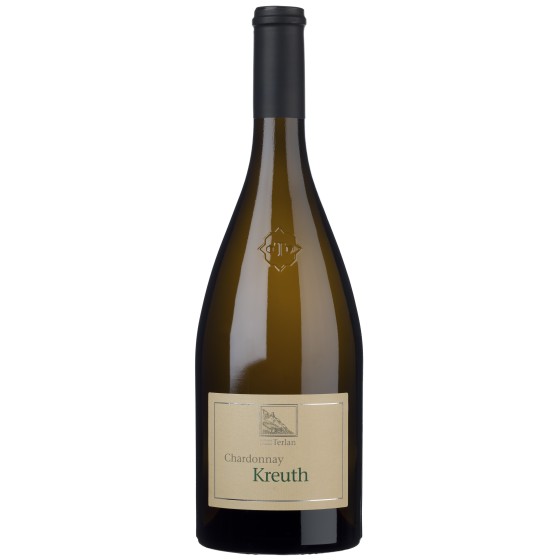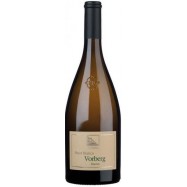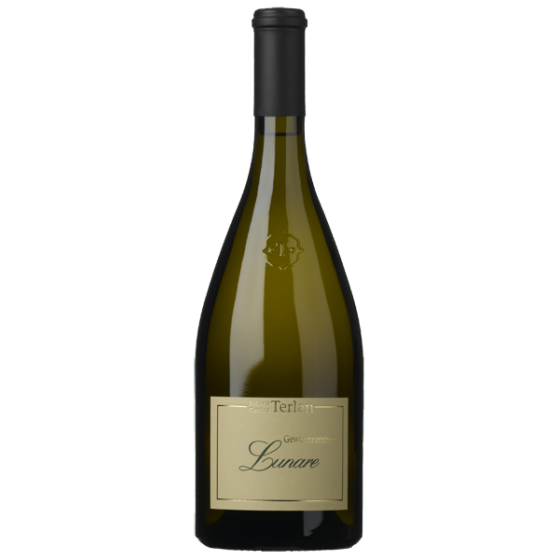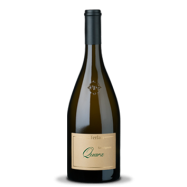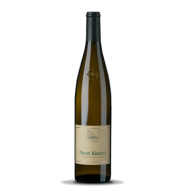Color: sparkling straw yellow with green hues. Aroma: The classic Terlaner stands out above all for the bouquet of green apple and white peach, but also for a refined nuance of lemon balm and mint. Flavor: The peach aroma is also clearly perceived on the palate, which gives this wine a lot of vivacity, but also a marked softness. The organoleptic profile, very articulated, comes from a game between freshness and mineral taste, embellished by a very prolonged aftertaste. |
Gentle pressing of whole bunches and racking for natural sedimentation. Slow fermentation at controlled temperature in stainless steel tanks. Aging for 5-7 months on fine lees in steel barrels. Assembly one month before bottling. |
Typical Italian dishes such as pizza or pasta with tomato sauce, focaccia with rosemary or penne all'arrabbiata, parmesan cheese and fresh pecorino. It also goes well with classic South Tyrolean recipes, such as bacon dumplings or sausage with sauerkraut, turkey breast with root vegetables or a delicate roast of veal. |
|
Founded in 1893, Cantina di Terlano is one of the most avant-garde cooperatives of producers in all of South Tyrol. Its current 143 members cultivate 165 hectares of vineyards, equal to a total annual production of 1.2 million bottles. Today in a modern structure only DOC wines mature, 30% red and 70% white. Characteristic of the Terlano winery is making long-lived wines, a consolidated tradition, and above all the white wines of Terlano, with their fullness that is preserved even after decades of aging, make enthusiasts from all over the world rejoice with amazement. The prerequisites that guarantee this longevity are the high mineral content of the land, old vines that have reached an optimal growth balance, well-tended vineyards with low yield per vine, and the principle of enchanting only healthy and perfectly ripe grapes. The tradition of the Cantina di Terlano is centered on historical vinification in wooden barrels, but another determining factor is the "sur lie" method, in which the wines mature - often for years - on fine lees, before moving on to the bottle where - without haste - they can stop growing. Thanks to this slow aging, the wines acquire more character and complexity, in fact, it is not the primary aromas that emerge, but rather the more complex secondary and tertiary ones. The most tangible proof is the wine archive, which has more than 20,000 bottles. A treasure chest full of rarities, where you can find various vintages from 1955 to today. Some bottles even date back to 1893, the year in which the winery was founded. |
|
















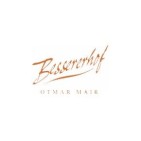


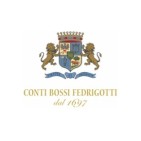


















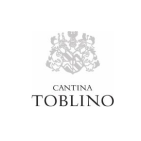





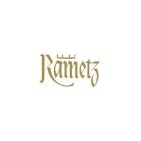


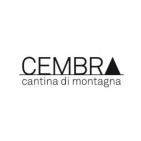





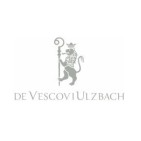


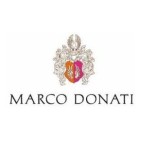























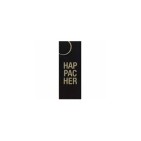





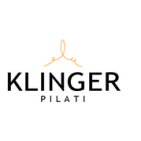












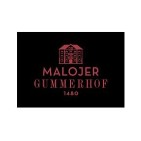

















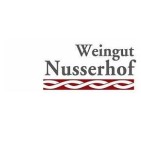















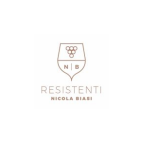





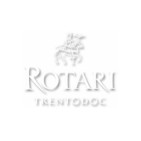

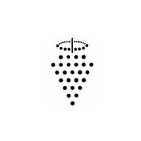
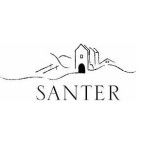











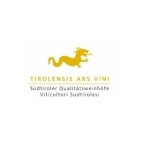
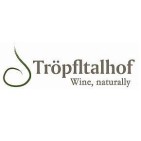
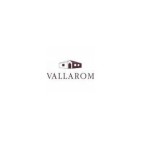





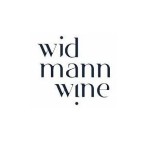



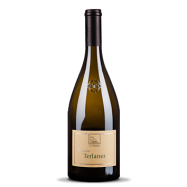






 Customers who bought this product also bought:
Customers who bought this product also bought:

